Cash budgets are, by far, the most effective way to manage your money. This is because you have to decide on a set amount of money that you’ll be taking out for all expenses and then create a spending plan based on what you’ve allotted.
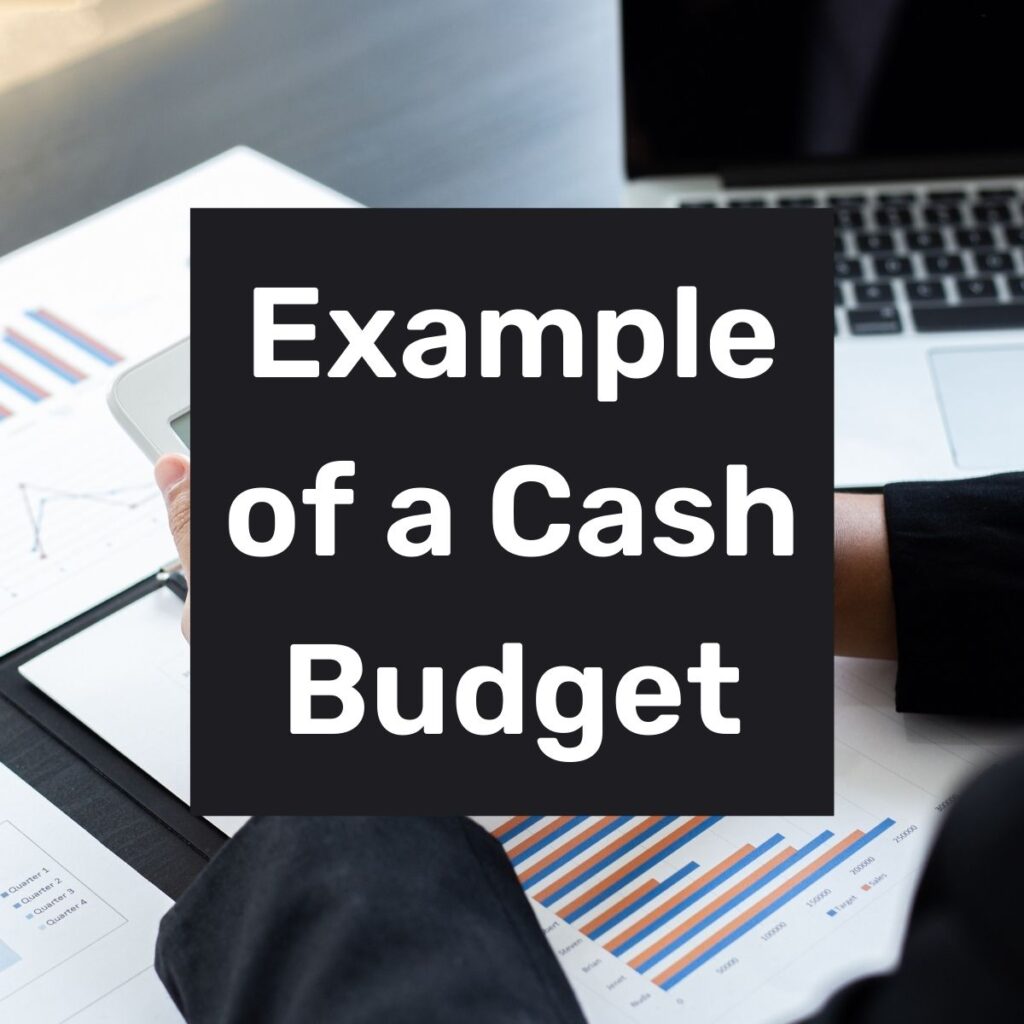
This will help you budget better by being more aware of your personal finances. This post will give you an example of a cash budget so you can start for yourself!
What is a Cash Budget?
A cash budget is a financial planning tool that allows you to track your income and expenses so that you can make informed decisions about how to best use your money.
It is a way of managing your finances on a short-term basis, usually monthly or quarterly.
Related: The Key to Budget Cutting
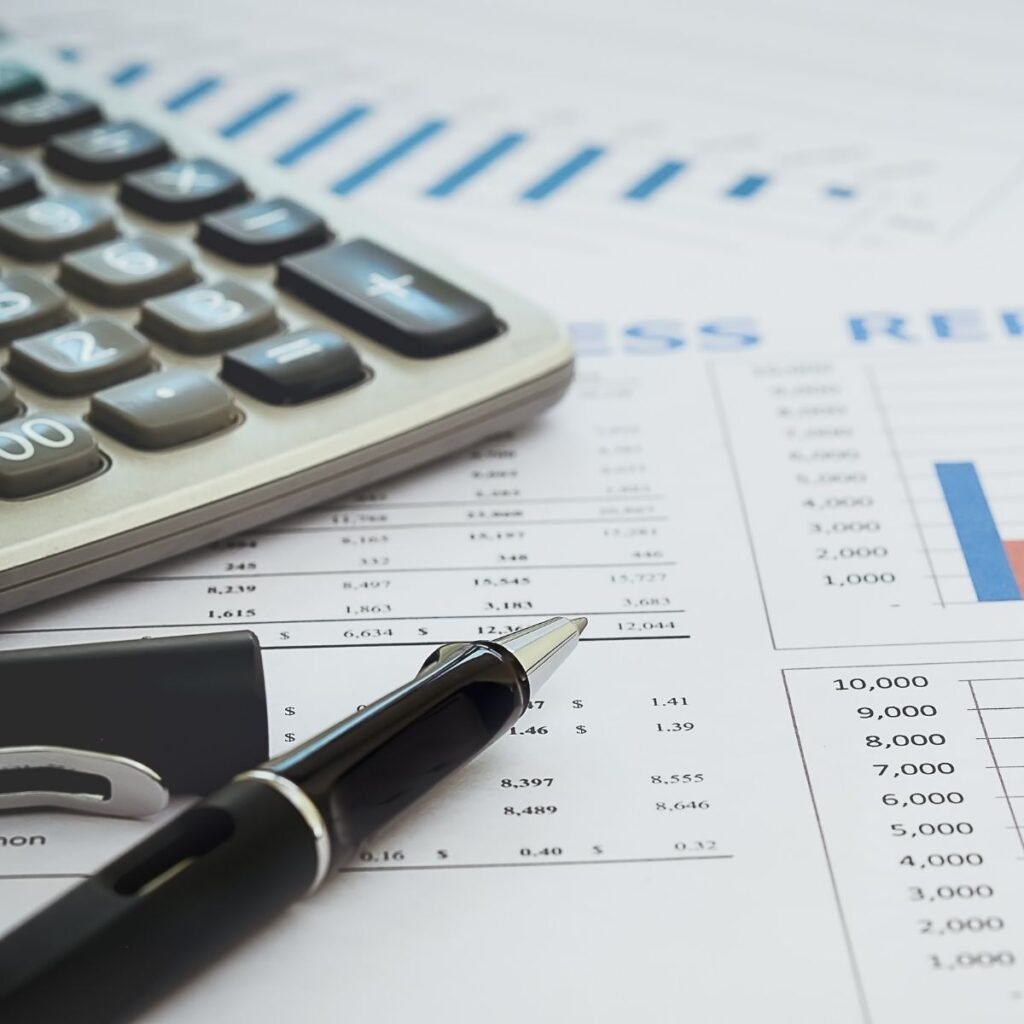
Why Use a Cash Budget?
There are many reasons why you would want to use a cash budget. The most obvious reason is to save money.
By knowing how much money you have coming in and going out, you can make adjustments to your spending so that you are able to better save for the future.
Another reason to use a cash budget is to help you stay on track with your financial goals.
For example, if you have a specific goal in mind, such as saving for a down payment on a house or paying off debt, a cash budget can help you stay focused on that goal by showing you exactly how much money you need to set aside each month to reach it.

Types of Cash Budgets
There are two main types of cash budgets: the static budget and the flexible budget.
A static budget is a budget that does not change, no matter what your actual income and expenses are. This type of budget can be helpful if you have a very reliable income stream and your expenses are relatively fixed.
A flexible budget, on the other hand, adjusts to changes in income. This id the type of budget that small business owners with seasonal business may need to implement.
Static Budget
A static budget is a financial plan that does not change, no matter what happens in your life or in the economy. This type of budget is best for people who have a very stable income and whose expenses do not fluctuate much from month to month.
Flexible Budget
A flexible budget is a financial plan that can be adjusted to accommodate your income or expenses changes. This type of budget is best for people who have a fluctuating income or whose expenses may vary from month to month.
What Does a Cash Budget Do?
A cash budget can help you save money by showing you exactly where your money is going each month. It can also help you stay on track with your financial goals by tracking your progress and keeping you accountable.
You may also want to try some of these budgeting techniques to find what works best for you:
How To Make a Cash Budget in 6 Simple Steps
There are a few different ways that you can make a cash budget. For example, you can use a budgeting app, such as Mint or You Need a Budget, or create a spreadsheet in Google Sheets.
Creating a cash budget is relatively simple. Follow the 6 simple steps below to get started.
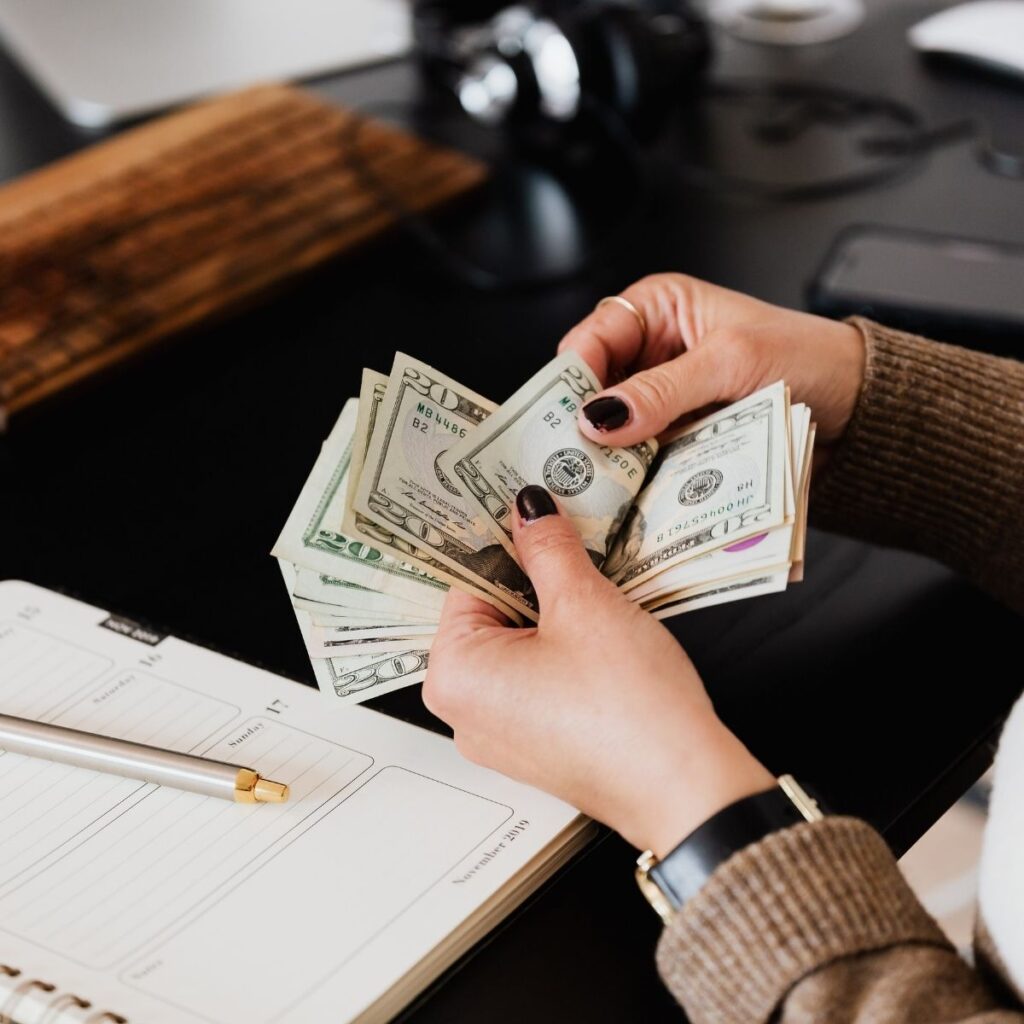
1. Gather Your Financial Paperwork
The first step is to gather all of your financial paperwork. This includes your income statements (pay stubs, 1099s, etc.), bank statements, investment account statements, and other documents showing how much money you have coming in and going out each month.
2. Calculate Your Income
Add up all of your sources of income for the month to get your total monthly income. This will help you determine how much money you have coming in each month.
This includes your salary, any side hustle income, interest and dividends, and any other forms of income.
3. Create a List of Monthly Expenses
Next, you will need to create a list of all of your monthly expenses. This includes your rent or mortgage payments, car payments, student loan payments, credit card bills, grocery bills, and regular monthly expenses.
4. Determine Fixed and Variable Expenses
List your fixed expenses. Fixed expenses are those that stay the same each month, such as your rent or mortgage payment, car payment, and student loan payments.
Variable expenses are those that can fluctuate from month to month, such as your grocery bill and credit card bills.
5. Total Your Monthly Income and Expenses
Once you have your income and expenses listed, it’s time to total them up. This will give you a clear picture of how much money you have coming in each month and how much you are spending.
6. Make Adjustments to Expenses
If your monthly expenses are more than your monthly income, you will need to make some adjustments. To do this, you can either cut back on your spending or find ways to increase your income.
Try some of these ways to cut expenses and save more money:
- 100+ Simple Ways to Save Money
- 52 Week Savings Plan
- 15 Creative Ways to Save Money
- 10+ Money Saving Challenges
- 25+ Frugal Living Tips
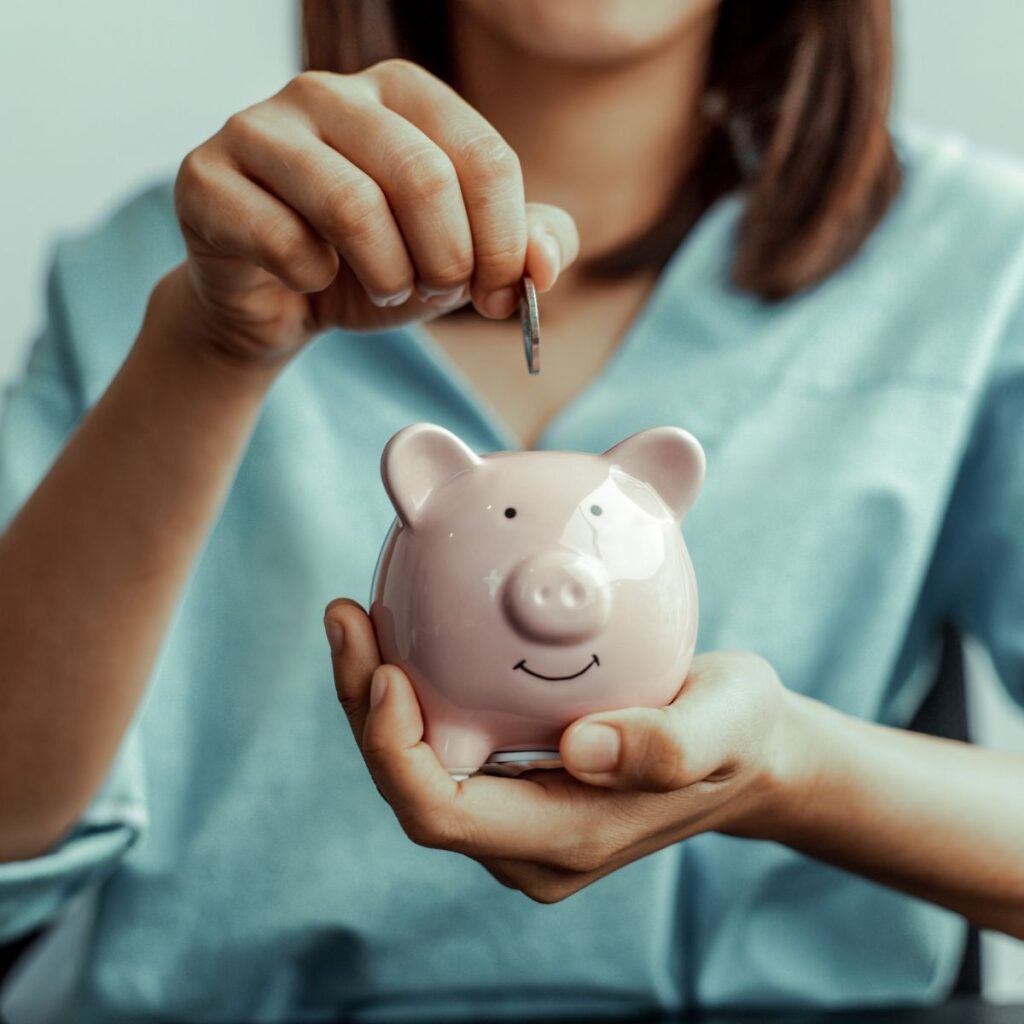
How To Use Your Cash Budget
Making a cash budget is a simple and effective way to take control of your finances. By knowing how much money you have coming in and going out each month, you can make adjustments to your spending so that you are able to better save for your financial goals.
The best way to use your cash budget is to track your progress each month. This will help you to see where you are spending too much money and where you can cut back.
It will also help keep you accountable to stick to your financial goals.
Review and Tweak Your Cash Budget
After you have been using your cash budget for a few months or so, it is a good idea to review and tweak it as needed. This will help to ensure that it is still working for you and that your expenses are still in line with your income.
A cash budget is a great way to take control of your finances. By following the simple steps above, you can easily create a cash budget that will work for you.
If you are struggling to make ends meet or are having trouble reaching your financial goals, a cash budget can help. By taking the time to create a budget and track your progress, you can make adjustments to your spending and find ways to save money.

More Budgeting Tips
If you are looking for more tips on how to budget better, check out these articles:
- 100+ Personal Budget Categories
- The Best Books About Budgeting
- The Best Budget Apps for Couples
- Amazing Budget Planners
Frequently Asked Questions About Cash Budgets
If you still have questions about cash budgets, read on for some frequently asked questions about cash budgets that may help.
What is the best budget software for personal finance?
There is a wide range of budget software available, and the best one for you will depend on your specific needs. Some popular personal finance software includes Mint, YNAB, and Personal Capital.
How can you account for financial goals in your personal budget?
When creating your budget, be sure to include any financial goals that you have. This could include saving for a down payment on a house, saving for retirement, or paying off debt.
By including these goals in your budget, you can ensure that you stay on track and progress towards your goals. And it always help to stay on track when you can see the additional money going towards your goals!
What is not included in a cash budget?
A cash budget does not typically include investments or savings. This is because these are not considered to be expenses.
However, you can set up your cash budget in any way you prefer. So if you would like to include your savings goals as an expense, you can certainly do so.
I HIGHLY recommend including your savings in your cash budget as it’s important to always pay yourself first.
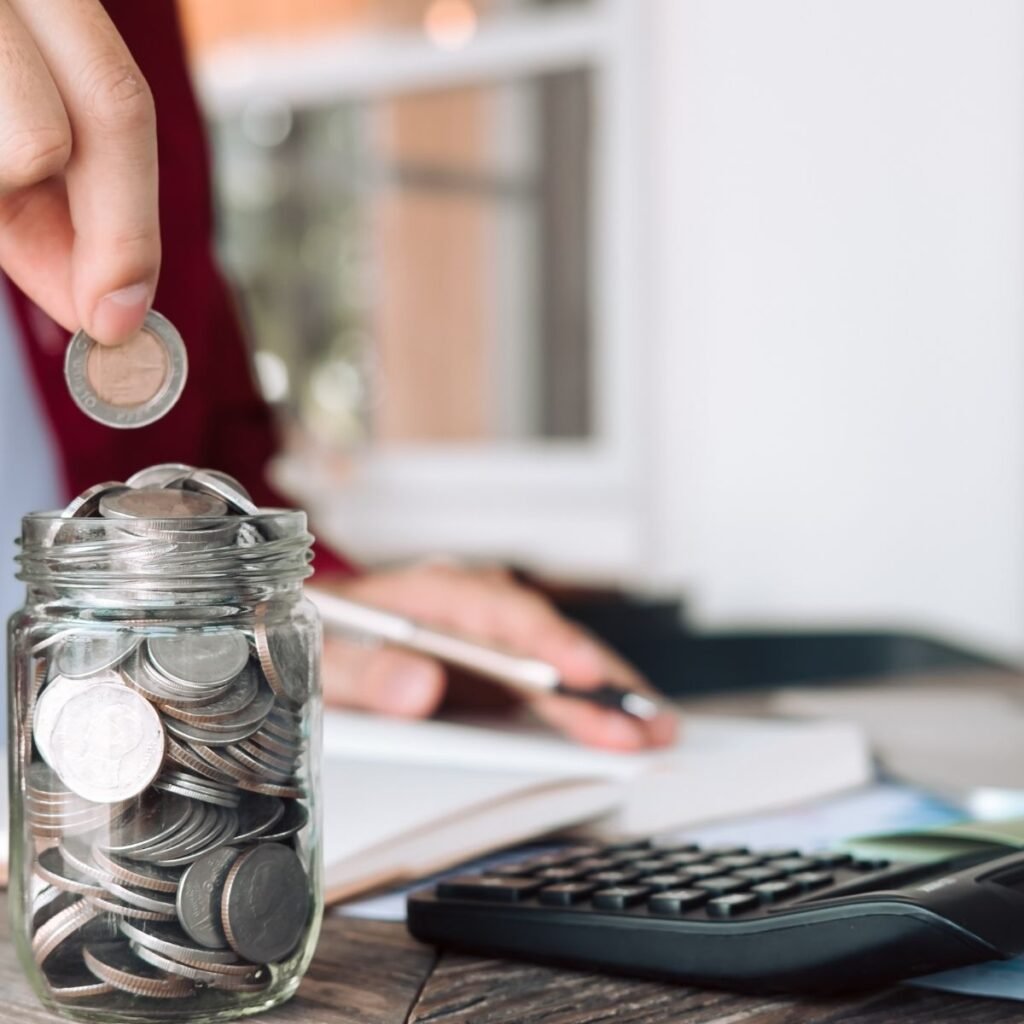
What is the difference between a cash budget and a zero-based budget?
A cash budget is a type of budget where you track your income and expenses for a specific period of time.
On the other hand, a zero-based budget is a budget where your income and expenses match up exactly. This means that you are not spending more than you are bringing in each month.
How often should you review your cash budget?
It is a good idea to review your cash budget on a regular basis, such as monthly or quarterly. This will help to ensure that it is still accurate and that your expenses are still in line with your income.
When first starting out, I recommend reviewing it at least monthly, if not on a weekly basis while you’re still getting your spending under control.
What is the best way to use a cash budget?
The best way to use a cash budget is to track your progress each month. This will help you to see where you are spending too much money and where you can cut back.
It will also help keep you accountable to stick to your financial goals.
Final Thoughts on Cash Budgets
A cash budget is a great way to take control of your personal finances. By following the simple steps outlined in this article, you can easily create a cash budget that will work for you.
If you are struggling to make ends meet or are having trouble reaching your financial goals, a cash budget can help. By taking the time to create a budget and track your progress, you can make adjustments to your spending and find ways to save money.
Are you using a cash budget? What tips do you have for others who are looking to create a budget? Share your thoughts in the comments below.
Hi I’m Ana. I’m all about trying to live the best life you can. This blog is all about working to become physically healthy, mentally healthy and financially free! There lots of DIY tips, personal finance tips and just general tips on how to live the best life.

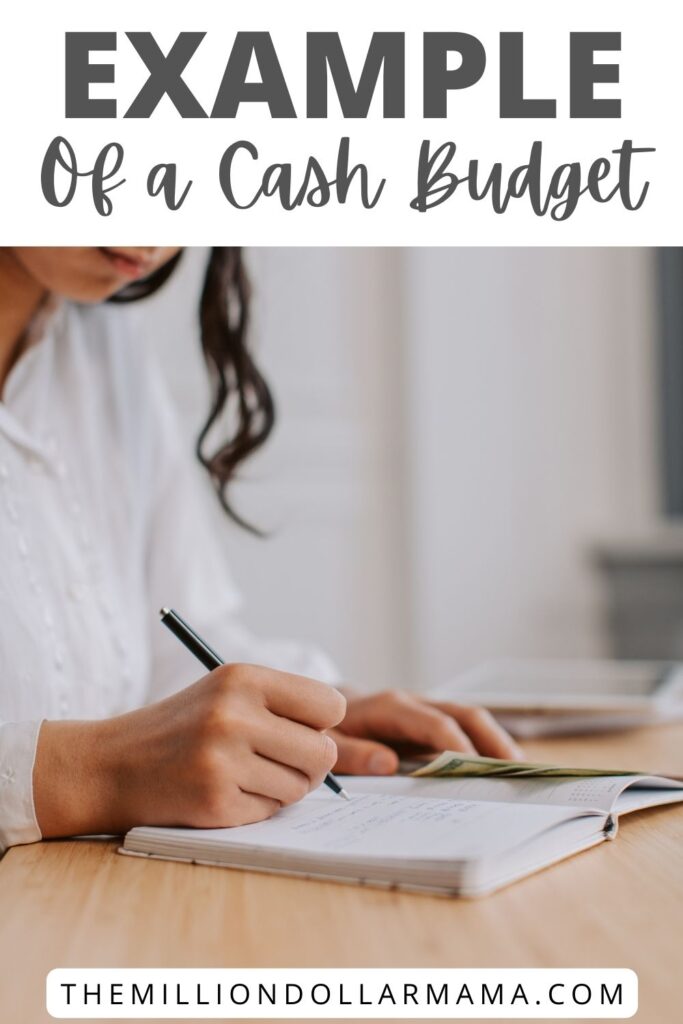
I can’t remember the last time I’ve had a ton of cash sitting in my wallet. Because of the ease of convenience with debit cards, I irresponsibly don’t write out my expenses after each purchase that I make in my budgeting book. But going on a cash budget would fix that, because the cash i take out from my bank account means that I actually have the money to spend on things that I want. I think you laid out a great way to create a cash budget. Let’s see if i can follow it 🙂
I’m glad you like the idea Randall! It’s so easy to swipe a card, but with cash you either have it or you don’t. Good luck!